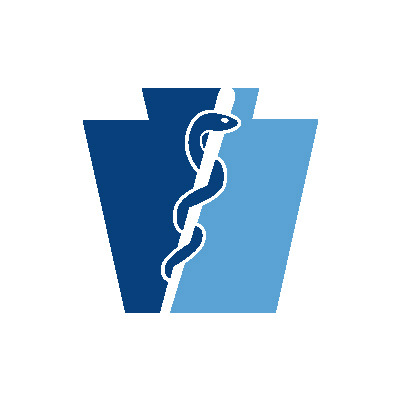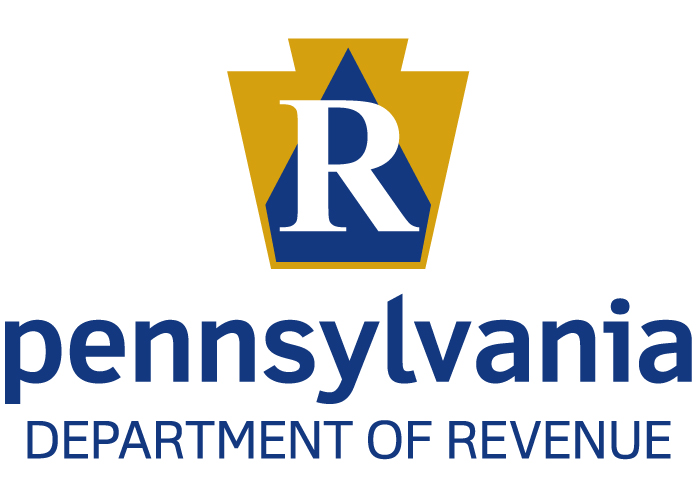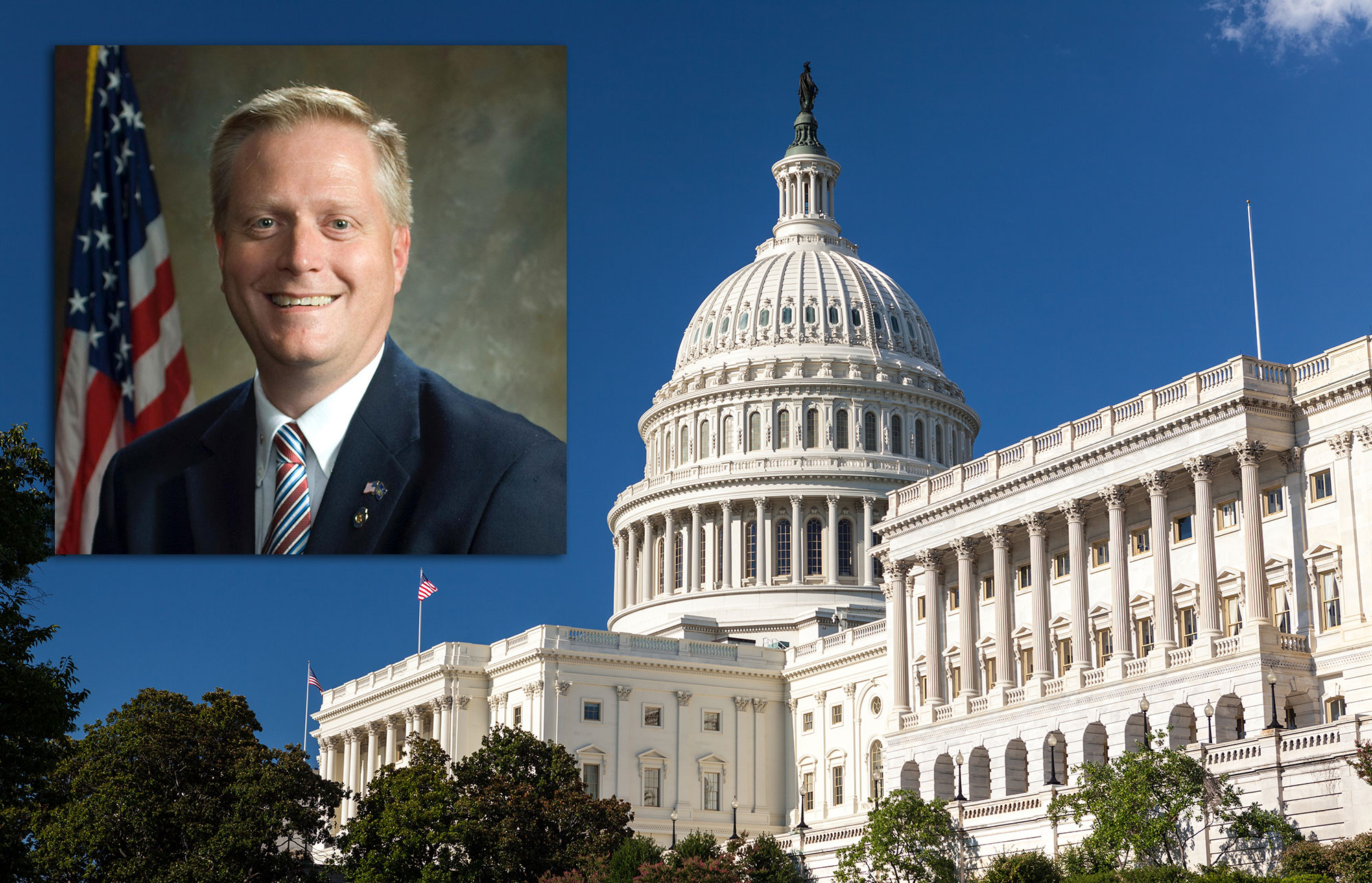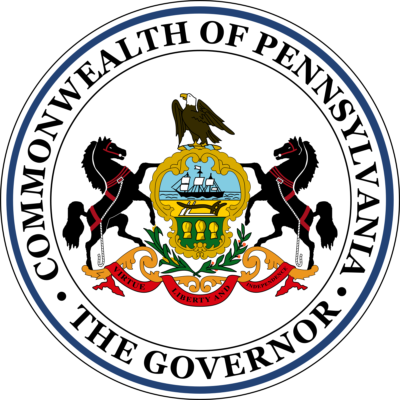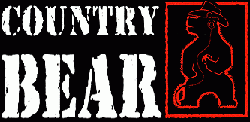Harrisburg, PA – Department of Health Secretary Dr. Rachel Levine today highlighted the importance of routine HIV testing for Pennsylvanians who are sexually active, as nearly 40 percent of new HIV infections are transmitted by people who do not know they have the virus, and emphasized treatment as a prevention tool to decrease the prevalence of HIV.
“Early detection and treatment of HIV can control the virus and make it undetectable, leading to a person living a long, healthy life,” Dr. Levine said. “The latest science shows that people living with HIV who take HIV medication as prescribed, and achieve and maintain an undetectable viral load, have no risk of sexually transmitting the virus to an HIV-negative partner. We encourage all Pennsylvanians to know the facts about HIV so they can effectively decrease the stigma surrounding this virus and ultimately reduce the number of new HIV cases in the state.”
There is no cure for HIV, which is why it is so important to get tested for the virus. It is recommended that everyone between the ages of 13 and 64 get tested for HIV at least once as part of routine health care. HIV attacks the body’s immune system so it can no longer fight off infections. If left untreated, a person can develop other serious infections or infection-related cancers. These infections can lead a person to develop AIDS, the most severe and last phase of HIV infection. Without treatment, people with AIDS typically survive about three years.
For individuals who do not have HIV but may be at high risk for acquiring it, there is a once-daily HIV prevention medication called pre-exposure prophylaxis or PrEP. Anyone can get a free and confidential HIV screening at any health department-supported testing site.
The U.S. Department of Health and Human Services (HHS) has launched Ending the HIV Epidemic: A Plan for America. The initiative aims to reduce new HIV infections in the U.S. by 90 percent by 2030. Ending the HIV Epidemic leverages critical scientific advances in HIV prevention, diagnosis, treatment, and outbreak response by coordinating the highly successful programs, resources, and infrastructure of many HHS agencies and offices and providing a targeted infusion of new resources and support to the jurisdictions most heavily impacted.
For more information on getting tested for HIV, visit the Department of Health’s website at www.health.pa.gov or follow us on Facebook and Twitter.
